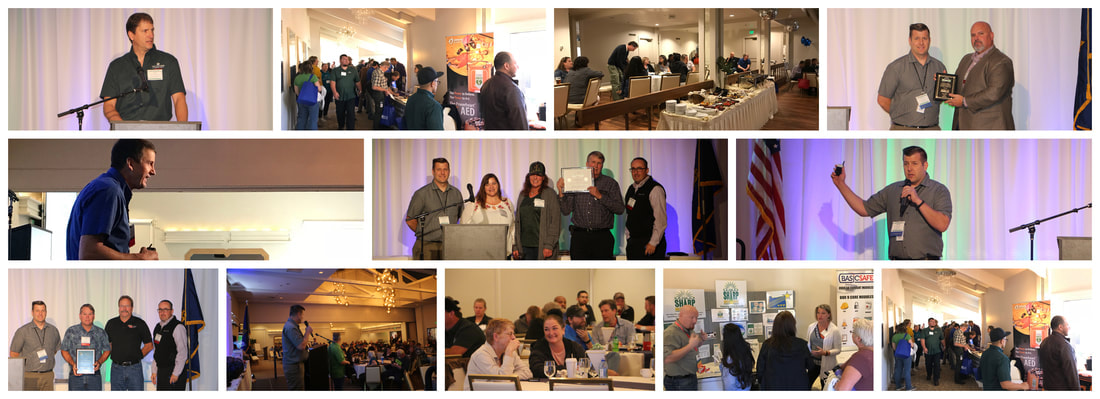
The division is now accepting grant applications for the creation of innovative on-the-job safety or health training or education projects. Applications are due by 5 p.m. Monday, Oct. 2. Oregon OSHA prioritizes unique projects that engage workers on essential workplace safety or health topics. Such projects may include an immersive training video or an eye-catching safety publication or a package of helpful safety and health guidelines and checklists.
Go online to learn about how to apply or contact Matt Kaiser, 971-599-9638, [email protected]
The grant program focuses on high-hazard Oregon industries, such as forestry, construction, or agriculture, or a specific work process to reduce or eliminate hazards. Any labor or employer association, educational institution that is affiliated with a labor association or employer association, or any nonprofit entity may apply.
Grants may not be used to pay for projects that are purely research in nature or for regular ongoing activities or those specifically required by law. Only new or substantially expanded activities will be considered for funding. The goal is not to reinvent the wheel or solve a problem that has already been solved. Instead, the goal is to take workplace safety and health training or education to a new level. Materials produced by grant recipients cannot be sold for profit, and all grant materials become public domain. Depending on the type of project, some of the materials will be housed in the Oregon OSHA Resource Center, while some materials will be available online.
Some examples of past grant projects include:
- A virtual reality training for health care providers to help identify hazards related to infection control and prevention in hospitals
- Creation of safe-design guidelines for anchoring systems used as part of logging operations
- An educational program for nurses to prevent ergonomic-related injuries
- Videos and related training aids describing the most prevalent health hazards in construction: silica, lead, noise, and asbestos
- Spanish-language flip charts designed to help prevent heat-related illness among forest workers
About Oregon OSHA:
Oregon OSHA, a division of the Department of Consumer and Business Services, enforces the state's workplace safety and health rules and works to improve workplace safety and health for all Oregon workers. For more information, go to osha.oregon.gov.
The Department of Consumer and Business Services is Oregon's largest business regulatory and consumer protection agency. For more information, go to www.oregon.gov/dcbs/.
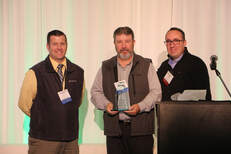
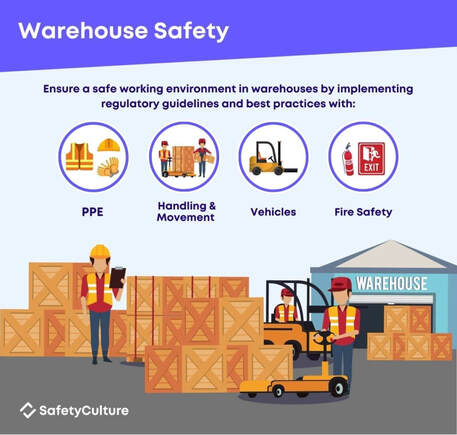






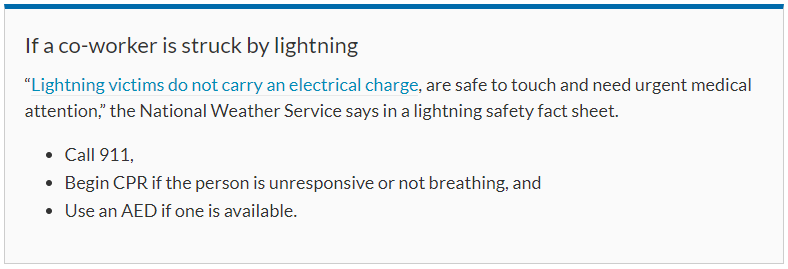
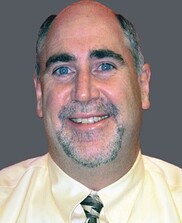


 RSS Feed
RSS Feed
